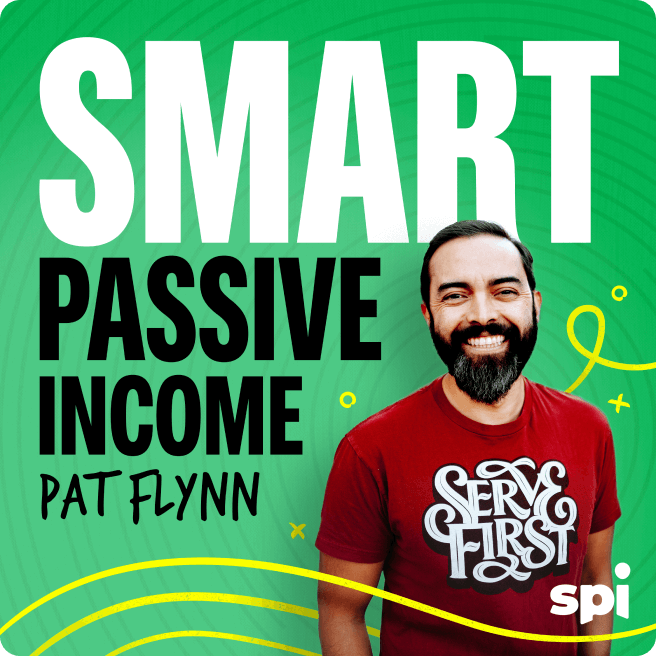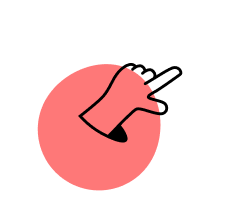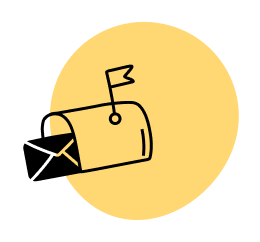How do you compete in a space where there are already established players? Whether it’s software, or information products, or physical products, it’s not always possible to create something entirely original. There are likely others who have already built something and started cultivating an audience or customer base in your space.
Today we’re talking with Derrick Reimer, who created a competing tool to a very popular piece of software called Calendly. His tool is called SavvyCal, and it’s actually an ingenious tool that yes, does a lot of the same things Calendly does, making it easier to schedule meetings. But as a competitive product to an established option, Derrick had to go about things thoughtfully to make sure there would be a market for what he wanted to create.
We talk a little bit about SavvyCal itself (and it’s a really cool scheduler!). But the big focus of our conversation is how to get started in a crowded space and actually create something better than what already exists. Because it is definitely possible—you just have to go about things smartly. You’re going to learn a lot—because I learned a lot—and I hope you’ll take what you learn and apply it to the market and niche you’re in.
Today’s Guest
Derrick Reimer
Derrick Reimer is a full-stack software developer, SaaS founder, and podcaster. Derrick fell in love with the 37signals ethos back in 2009 and has been bootstrapping software products ever since. In 2012, he cofounded Drip, and exited in 2016. He is currently building and growing SavvyCal, a scheduling tool optimized for makers and founders. Derrick cohosts The Art of Product Podcast, a weekly show chronicling the real story behind building a software company, and writes at DerrickReimer.com.
You’ll Learn
- Why Derrick is a big proponent of sharing his work publicly
- How Cal Newport’s book Deep Work influenced Derrick’s thinking about productivity at work—and helped lead him to build SavvyCal
- The steps he took to validate the product idea for SavvyCal
- How Derrick went about creating a minimum viable product (MVP) that stood apart from the crowd
- The innovative features and benefits of SavvyCal (and the headaches it helps solve)
- How Derrick decides what features to add to SavvyCal
- Derrick’s advice and encouragement to makers and creators, whether physical or digital
- The big failure that Derrick flipped on its head, and how he used the experience to serve others
Resources
- The Mom Test: How to talk to customers & learn if your business is a good idea when everyone is lying to you by Rob Fitzpatrick
- Schedule Podcast Guests Like The Pros: 5 Easy Ways to Impress (blog post by Corey Haines of SavvyCal)





